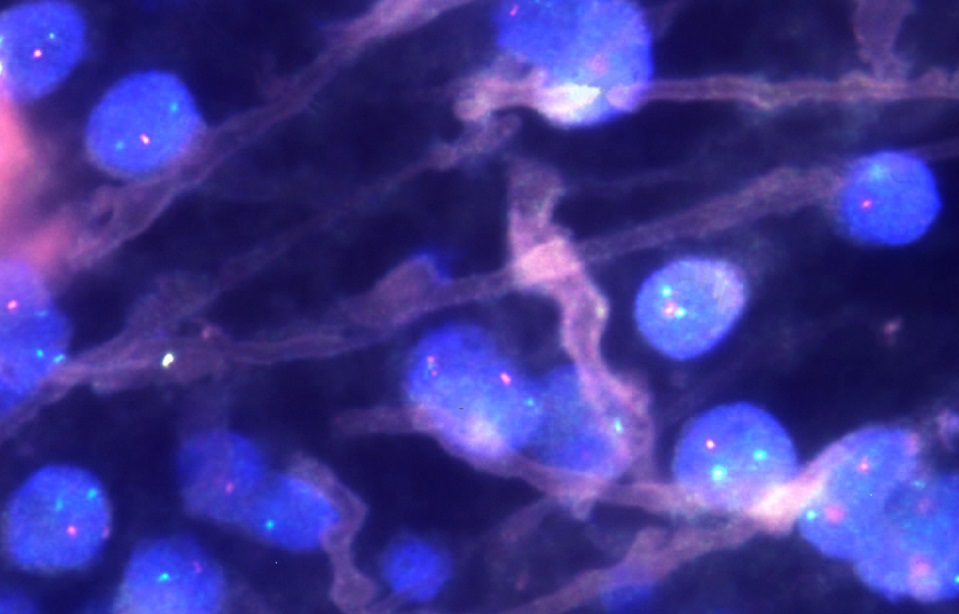
Brain UK study ref: 22/010,
Lay summary,
Project status: Active
3D cerebellar models to predict response to novel combination therapy for medulloblastoma with poor prognosis
Prof Silvia Marino and Mr Thomas Willott, Blizard Institute
Medulloblastoma is the most common malignant brain tumour in children. Recent research has classified medulloblastoma into 4 groups, characterized by different prognosis and response to therapy, based on differences in the genetic code and the activity of genes. Despite what we now know about the differences between these medulloblastoma groups, treatment for all medulloblastoma patients remains the same with surgery followed by chemotherapy and/or radiotherapy. Even with considerable progress in MB treatment, recurrence and metastasis are still incurable and survivors face long term effects that significantly impair their quality of life. Side effects are mainly due to the toxicity on the healthy tissue and impinge on the normal development and function of the brain, thus identification of more tumour specific therapeutic approaches is an urgent priority.
Group 4 is the most commonly diagnosed medulloblastoma subgroup in childhood patients, however very little is known about the biological pathways which lead to the formation and growth of the tumour. What we do know is that Group 4 medulloblastomas show changes in the activity of genes, which are not directly linked to changes in their genetic coded (epigenetics), more frequently as compared to other medulloblastoma subgroups. The aim of this project is to find new treatments for patients with Group 4 medulloblastoma which target and block specific tumour epigenetic processes to provide patients with further treatment options with reduced side effects. The samples obtained in this study will be used during the development of new 3D models of medulloblastoma. These models will be used in drugs screening to see whether they can successfully block proliferation of cancer cells whilst leaving the surrounding healthy cells unharmed, meaning they are likely to have fewer side effects in patients.
